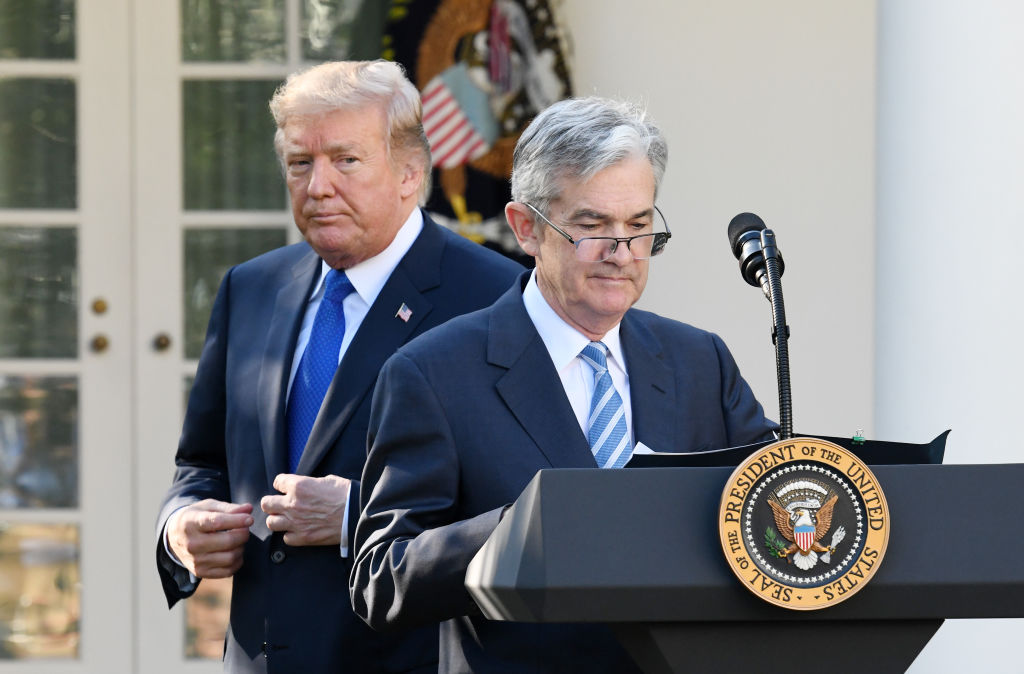Is Nike Stock Still a Buy After Earnings? Here's What Wall Street Says
Nike stock tumbled after the retailer reported mixed earnings results and withdrew its full-year guidance.


Nike (NKE) stock spiraled Wednesday after the athletic apparel and footwear retailer reported mixed results for its fiscal first quarter, withdrew its full-year guidance and postponed its investor day.
Indeed, NKE fell nearly 7%, easily making it the worst Dow Jones stock of the session.
In the three months ended August 31, Nike's revenue decreased 10.4% year over year to $11.6 billion. Its earnings per share (EPS) slumped 25.5% from the year-ago period to 70 cents.

Sign up for Kiplinger’s Free E-Newsletters
Profit and prosper with the best of expert advice on investing, taxes, retirement, personal finance and more - straight to your e-mail.
Profit and prosper with the best of expert advice - straight to your e-mail.
"Nike's first-quarter results largely met our expectations," said Nike Chief Financial Officer Matthew Friend in a statement. "A comeback at this scale takes time, but we see early wins – from momentum in key sports to accelerating our pace of newness and innovation."
The results were mixed compared with what analysts were expecting. Wall Street was anticipating revenue of $11.65 billion and earnings of 52 cents per share, according to Yahoo Finance.
As a result of Nike's upcoming CEO switch, with Elliott Hill replacing John Donahoe later this month, the company withdrew its full-year guidance and postponed its investor day.
"Given our CEO transition and with three quarters left in the fiscal year, we are withdrawing our full-year guidance. We intend to provide quarterly guidance for the balance of the fiscal year," Friend said on Nike's conference call. "This provides Elliott with the flexibility to reconnect with our employees and teams, evaluate the current strategies and business trends, and develop our plans to best position the business for fiscal 2026 and beyond."
Nike had previously forecast revenue to be down in the mid-single digits in its current fiscal year.
Is Nike stock a buy, sell or hold?
Nike has been running up the price charts in recent months, rallying nearly 20% from late June through the October 1 close. Still, shares remain roughly 23% lower for the year to date, including Wednesday's post-earnings plunge.
Nevertheless, most of Wall Street remains bullish on the blue chip stock. According to S&P Global Market Intelligence, the average analyst target price for NKE stock is $91.91, representing implied upside of more than 10% to current levels. Additionally, the consensus recommendation is Buy.
Financial services firm Stifel, however, has a Hold rating and a $79 price target on NKE stock.
"NIKE remains the #1 athletic brand with enviable scale advantage and a history of innovation," says Stifel analyst Jim Duffy. "Lofty market share, increasingly credible competition, and recent footwear share losses, however, are resulting in revenue declines and margin pressure. At the current multiple, we believe a return to growth and margin improvement is discounted in shares suggesting risk/reward largely in balance at current levels."
Related Content
Get Kiplinger Today newsletter — free
Profit and prosper with the best of Kiplinger's advice on investing, taxes, retirement, personal finance and much more. Delivered daily. Enter your email in the box and click Sign Me Up.

Joey Solitro is a freelance financial journalist at Kiplinger with more than a decade of experience. A longtime equity analyst, Joey has covered a range of industries for media outlets including The Motley Fool, Seeking Alpha, Market Realist, and TipRanks. Joey holds a bachelor's degree in business administration.
-
 2026 Disney Dining Plan Returns: Free Dining for Kids & Resort Benefits
2026 Disney Dining Plan Returns: Free Dining for Kids & Resort BenefitsPlan your 2026 Walt Disney World vacation now. Learn about the returning Disney Dining Plan, how kids aged three to nine eat free, and the exclusive benefits of staying at a Disney Resort hotel.
By Carla Ayers
-
 How Can Investors Profit From AI's Energy Use?
How Can Investors Profit From AI's Energy Use?Global energy demand is expected to grow by leaps and bounds over the next several years as AI usage accelerates. Here's how to get a piece of the pie.
By Jacob Schroeder
-
 How Can Investors Profit From AI's Energy Use?
How Can Investors Profit From AI's Energy Use?Global energy demand is expected to grow by leaps and bounds over the next several years as AI usage accelerates. Here's how to get a piece of the pie.
By Jacob Schroeder
-
 Can Trump Fire Powell? A Supreme Court Case Could Decide
Can Trump Fire Powell? A Supreme Court Case Could DecidePresidential posts threaten to overwhelm decades of precedent and tradition, whatever the nine justices decide.
By David Dittman
-
 What Are AI Agents and What Can They Do for You?
What Are AI Agents and What Can They Do for You?AI agents promise to be the next big thing in artificial intelligence, but what exactly do they do?
By Tom Taulli
-
 Should You Buy an iPhone Now Before Tariffs Hit?
Should You Buy an iPhone Now Before Tariffs Hit?Looming tariffs can make an iPhone purchase seem urgent. Here's what to do if you need another phone but want to save money.
By Laura Gariepy
-
 SRI Redefined: Going Beyond Socially Responsible Investing
SRI Redefined: Going Beyond Socially Responsible InvestingNow that climate change has progressed to a changed climate, sustainable investing needs to evolve to address new demands of resilience and innovation.
By Peter Krull, CSRIC®
-
 Here's When a Lack of Credit Card Debt Can Cause You Problems
Here's When a Lack of Credit Card Debt Can Cause You ProblemsUsually, getting a new credit card can be difficult if you have too much card debt, but this bank customer ran into an issue because he had no debt at all.
By H. Dennis Beaver, Esq.
-
 33 Stocks That Could Rally 50% or More This Year
33 Stocks That Could Rally 50% or More This YearAnalysts say these S&P 500 stocks have at least 50% price upside over the next year or so.
By Dan Burrows
-
 Stock Market Today: Dow Drops 971 Points as Powell Pressure Ramps Up
Stock Market Today: Dow Drops 971 Points as Powell Pressure Ramps UpPresident Trump is increasing his attacks against Jerome Powell, insisting the Fed chair cut interest rates.
By Karee Venema